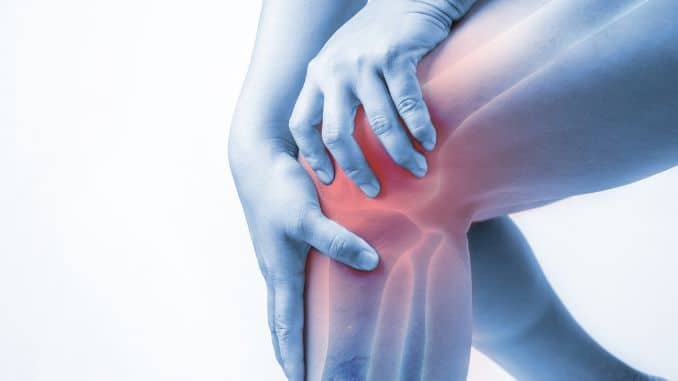
Squatting is one of the best exercises for strengthening your lower body, but if your knees hurt every time you lower yourself into position, something isn’t right. Whether you’re dealing with knee pain while squatting [1], stiff ankles, or weak hip muscles, the good news is that you can fix it! Here’s how to squat correctly while protecting your knee health.
Quick Fix: Pain-Free Squatting Movements
Before addressing the potential causes of knee pain, here are key exercises designed to help you improve your squat mechanics and alleviate discomfort.
1. Knees to Chest
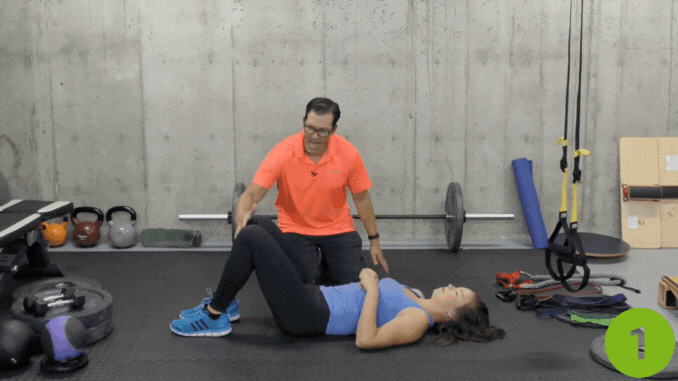
- Lie flat on your back with your knees bent and feet planted firmly on the floor.
- Ensure your head, shoulders, and hips are aligned.
- Engage your abdominal muscles for support as you proceed.
- Lift both knees towards your chest and wrap your arms around your knees for support.
- Look for a light stretch in the lower back and glutes.
- Hold the position for several deep belly breaths, in through your nose and out through your mouth.
2. Happy Baby

- Lie on your back on the floor with your knees bent and feet flat on the floor, relaxing your upper body and shoulders.
- Lift your legs to bring your knees toward your shoulders and grab your toes with your hands.
- Hold the position for several deep belly breaths, in through your nose and out through your mouth.
3. Bodyweight Squat
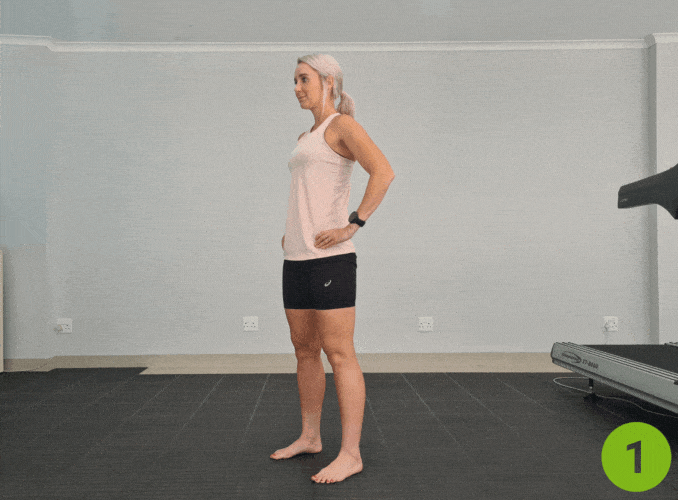
- Begin in an upright standing position with your feet shoulder-width apart, maintaining good alignment with your head, shoulders, hips, and legs.
- Place your hands on your hips.
- Engage your core. Inhale, squeeze your pelvic floor muscles, then bend through your hips and knees to lower into a squat position.
- Keep your knees behind your toes.
- Exhale as you raise back to the starting position. Repeat the movement with 5 repetitions
4. Squat With Weights
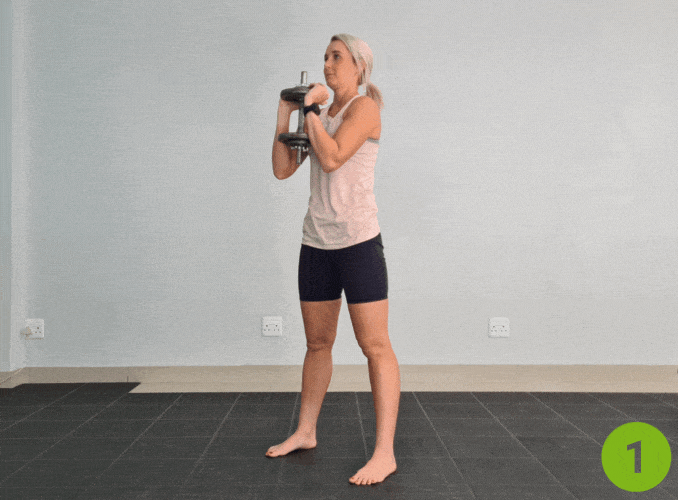
For this exercise, you need to use a dumbbell or weights.
- Begin in an upright standing position with your feet shoulder-width apart, maintaining good alignment with your head, shoulders, hips, and legs.
- Hold a weight with both hands at chest level.
- Engage your core. Inhale, squeeze your pelvic floor muscles, then bend through your hips and knees to lower into a squat position.
- Keep your knees behind your toes.
- Exhale as you raise back to the starting position.
- Repeat the movement with 5 repetitions.
5. Box Squats
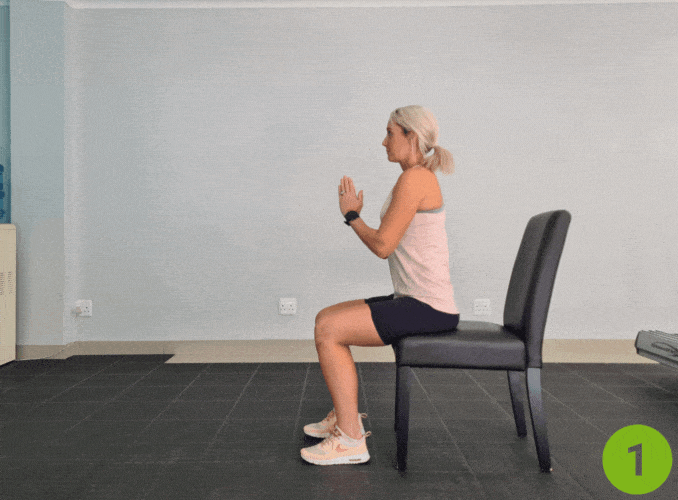
- Begin in an upright sitting position at the edge of a chair with your knees bent and feet flat on the floor.
- Press your hands together at chest level.
- Engage your core muscles and push from your heels to move into an upright standing position.
- Repeat the movement with 5 repetitions.
6. Deadlifts
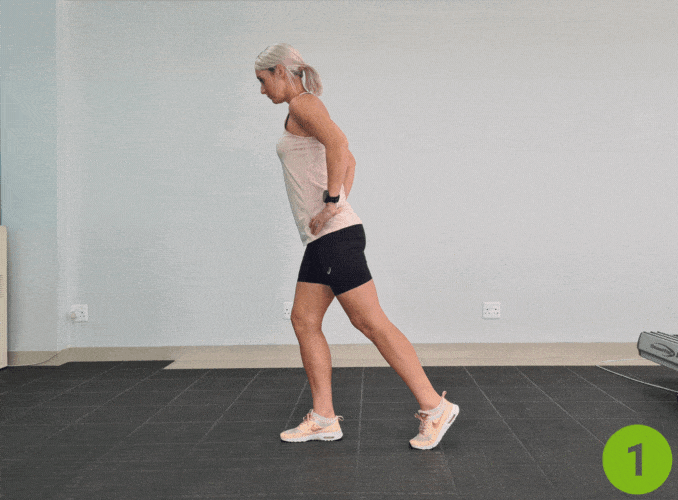
- Begin in an upright standing position with your feet shoulder-width apart, maintaining good alignment with your head, shoulders, hips, and legs.
- Place your hands on your hips. Engage your core and transfer all your weight on one foot, slightly bending your supporting knee.
- Hinge your hips, then bend forward until your upper body is parallel to the floor while extending your opposite leg back.
- Return to the starting position and repeat the movement on the opposite side. Complete 5 repetitions on each side.
What Type of Knee Pain Do You Have?
Knee pain varies widely in its causes and presentation. Identifying the type of pain you’re experiencing is crucial for determining the most effective solution.
- Patellofemoral Pain Syndrome (PFPS) [2]: Pain in the front of the knee, often caused by poor squat form or weak hip muscles.
- Meniscus Tear [3]: Sharp pain or clicking inside the knee joint, usually from deep squatting or twisting motions.
- Joint Pain from Arthritis: A dull ache and stiffness, worsened by physical activity.
- Knee Valgus (Inward Collapsing Knees) [4]: Weak glute and hip muscles cause the knees to cave in during squats.
What Symptoms Should I Look Out For?
If you experience any of the following, it’s time to modify your squats or seek medical attention:
- Sharp or stabbing pain in one knee
- Swelling around the knee joint
- Feeling of instability (like your knees might give out)
- Limited range of motion
- Pain while climbing stairs or sitting for long periods
Common Mistakes That Cause Knee Pain While Squatting
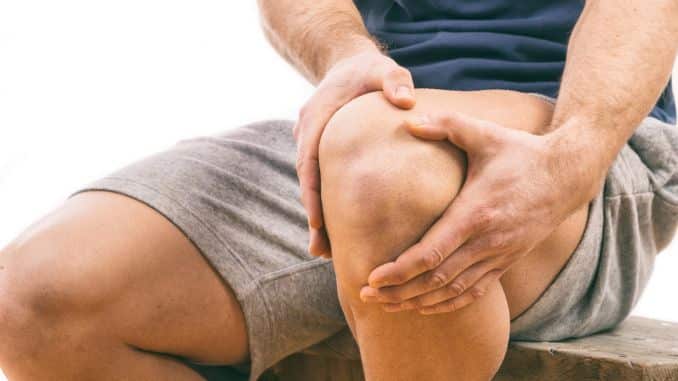
Avoid these errors to prevent knee pain:
- Knees Moving Too Far Forward: This increases pressure on the knee joint. Instead, focus on sitting back into the squat.
- Leaning Forward Too Much: Poor weight distribution can overload your knees. Keep your torso upright.
- Neglecting Glute Activation: Weak glute muscles can shift additional strain to your knees. Focus on engaging your hips and glutes throughout the squat movement to maintain proper balance.
- Stiff Ankles: Limited ankle mobility prevents proper squat depth and forces your knees to compensate.
- Ignoring Pain Signals: Squatting through pain leads to long-term injuries.
According to Dr. Scott Brotherton, an orthopedic surgeon, performing ‘ass-to-grass’ squats—where the hips descend nearly to the ground—can place excessive stress on the patellofemoral joint. This added strain may increase the likelihood of cartilage damage, particularly in individuals with preexisting joint issues. To minimize knee strain, Dr. Brotherton recommends squatting to a level where the thighs are parallel to the ground, maintaining proper form, and avoiding excessive weight.
How to Squat Correctly to Prevent Knee Pain?
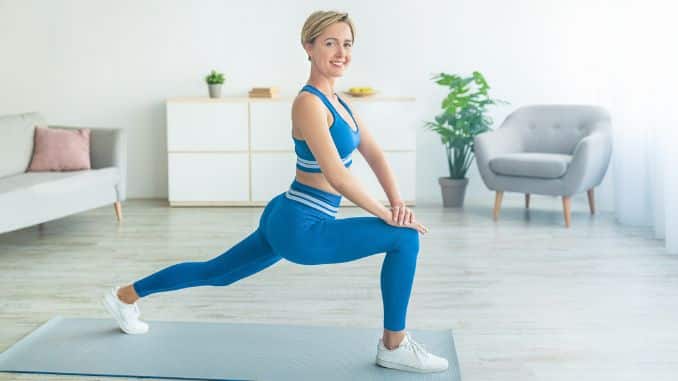
Follow these squat form tips for stronger muscles and less pain:
- Wider Stance for Stability
- Place your feet slightly wider than shoulder-width apart for better weight distribution.
- Knees Stay Aligned
- Avoid letting your knees cave in (knee valgus). Push them outward slightly to keep optimal alignment.
- Keep Feet Flat & Weight in Heels
- This relieves pressure on the knees and engages the entire movement through your lower body.
- Maintain a Neutral Spine
- Avoid rounding your back. Keep your chest lifted and core muscles engaged.
- Control the Descent & Ascent
- Don’t drop too fast. Move in a controlled motion to reduce the impact on your knees.
Best Mobility Exercises for Knee Health
If your squat position is limited by stiffness, try these mobility exercises:
- Foam Rolling: Loosen up tight leg muscles before squatting.
- Hip Extension Stretches: Improve flexibility in your hips.
- Ankle Mobility Drills: Increase your range of motion and stability.
When to See a Physical Therapist?
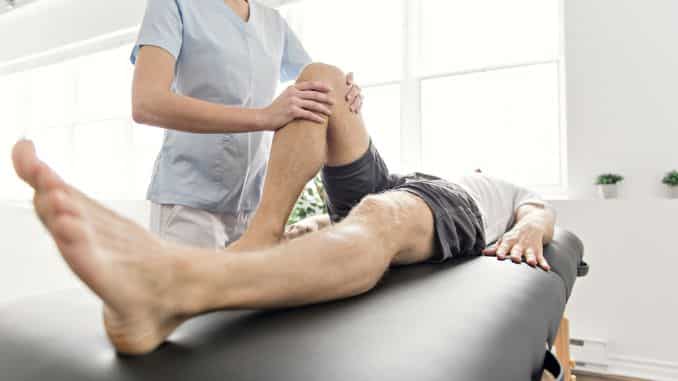
If knee pain persists despite proper form and mobility work, a physical therapist can help assess any underlying issues. Physical therapy can strengthen key muscle groups and correct imbalances to restore pain-free movement.
Final Thoughts
Squatting doesn’t have to hurt! By refining your squat form, strengthening the surrounding muscles, and enhancing mobility, you can reduce knee pain and perform squats with greater safety and effectiveness. Remember to listen to your body, start with lighter weight, and gradually build up strength. Your knees will thank you!
Looking to squat without pain and boost your strength? Try our Bodyweight Blender for simple exercises you can do anytime, with minimal equipment!
FAQ’s
Is it okay to squat with knee pain?
It depends on the severity and cause of the pain. If it’s mild, try bodyweight squats with proper form. If it’s severe, avoid squatting and consult a doctor.
How to get rid of knee pain fast?
Rest, ice, compression, and elevation (RICE), along with anti-inflammatory medication and gentle stretching, can help reduce knee pain quickly.
What are the signs of weak knees?
Pain, instability, difficulty standing or climbing stairs, frequent buckling, and cracking sounds when moving.
Is it better to rest or walk with knee pain?
Light movement is generally better than complete rest, as long as it doesn’t worsen the pain. Avoid high-impact activities.
What sleeping positions are most supportive for reducing knee pain?
Sleeping on your back with a pillow under your knees or on your side with a pillow between your knees can help reduce discomfort.

